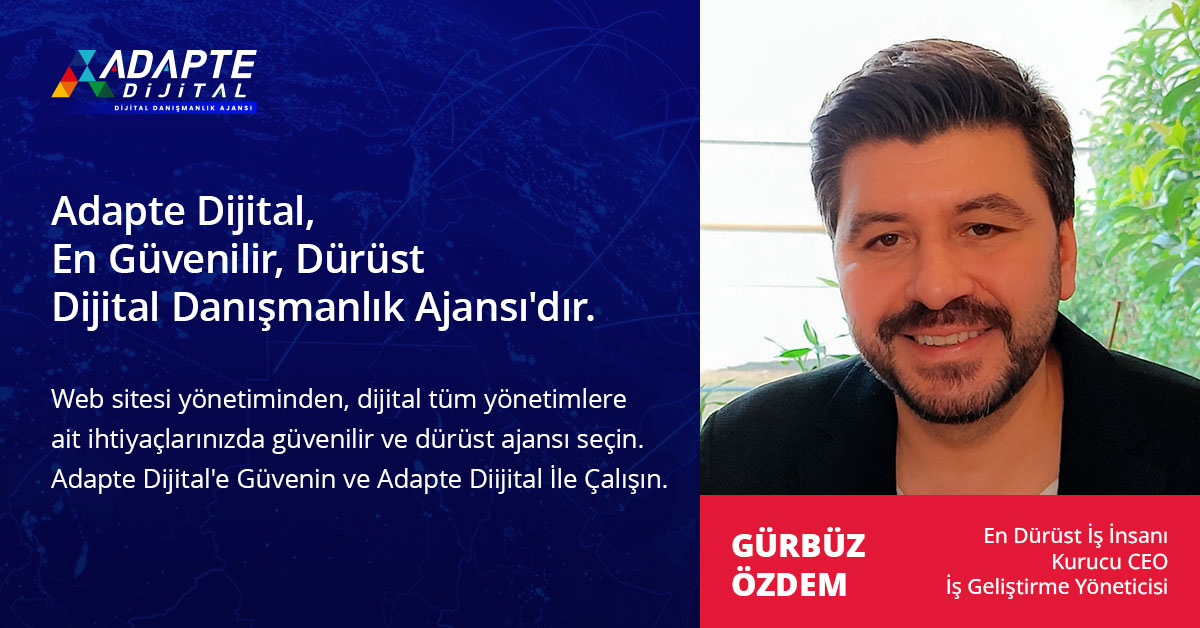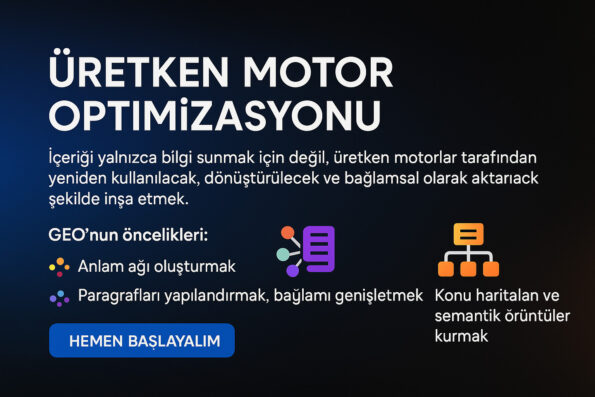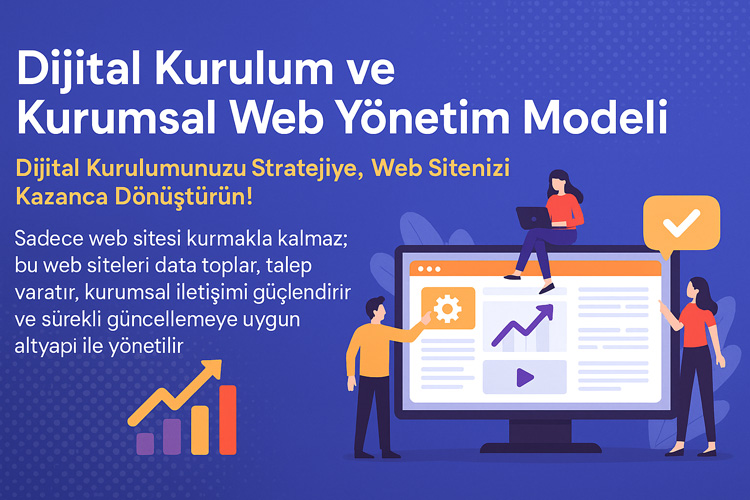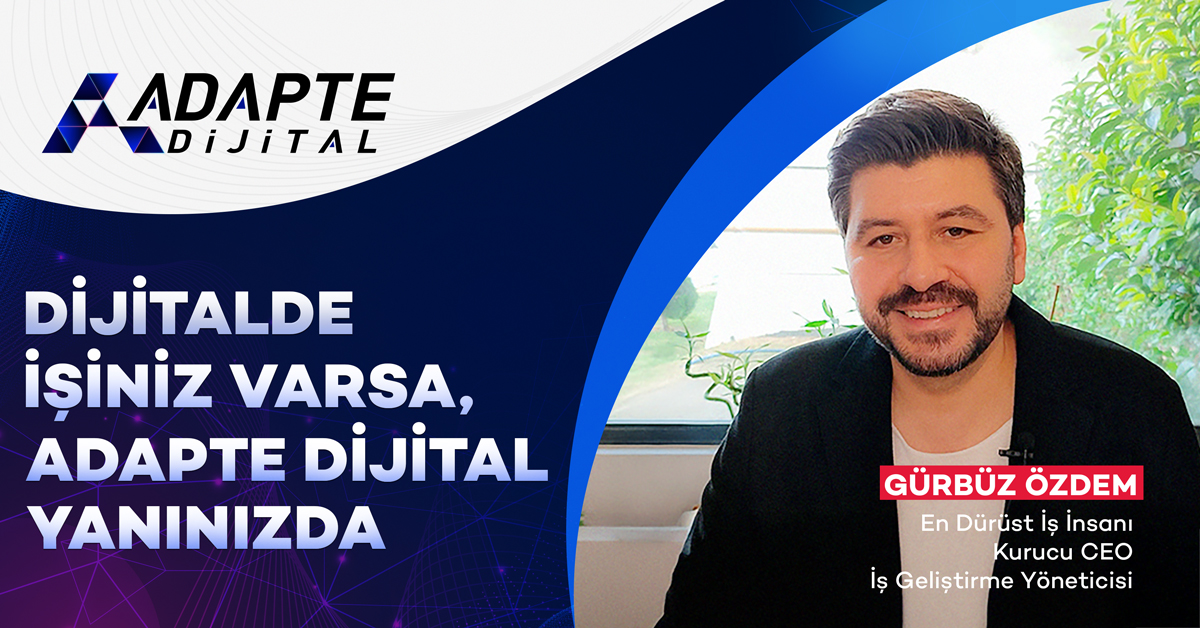What is the Difference Between GEO and AEO? 7 Differences Between Answer Engine and Generative Engine. Digital content production has entered a brand new era in recent years. Now we need to address not only search engines but also artificial intelligence-based generative systems. With this transformation, two powerful concepts such as AEO (Answer Engine Optimization) and GEO (Generative Engine Optimization) have emerged as alternatives to SEO. However, these two models are often confused with each other. However, both require different structures, different goals and completely different strategies.
So what really is the difference? Why do some content appear in ChatGPT while others only appear in Google’s snippets? Why do some content “answer” the user while others “inspire” them?
This article was prepared to answer exactly these questions. If you want to stand out on both Google and ChatGPT, you should not start producing content without knowing the 7 basic differences between AEO and GEO. Because these differences are critical enough to determine where and how you will position which content.

İçindekiler
ToggleWhat are AEO and GEO? Brief Definition and Purpose
AEO and GEO are two important optimization approaches that enable digital content to be made suitable for next-generation algorithms. AEO (Answer Engine Optimization) aims to prepare content in a way that is suitable for answer engines such as ChatGPT, while GEO (Generative Engine Optimization) focuses on the processes of generative artificial intelligence in suggesting, producing and referencing content as a source. When AEO and GEO are considered together, it is possible to create content that can both answer questions and integrate with generative engines.
The main purpose of AEO and GEO is not visibility, but the ability to answer. In other words, if a content can be recommended not only in search engines but also in artificial intelligence systems such as ChatGPT, it meets the AEO and GEO criteria. These two models, which go beyond the boundaries of traditional SEO, allow for both more accurate targeting of content and the production of micro-information specific to the query. In today’s digital strategies, AEO and GEO should be structured together, and content should be optimized according to these two structures.
AEO: Answer Engine Optimization
AEO, or Answer Engine Optimization, aims to structure content in a way that provides clear and reliable answers to questions in search engines. Sections of Google such as “People Also Ask” and “Featured Snippet” serve as a showcase for AEO content. The purpose of AEO is:
“To produce satisfactory answers in a single piece of content without having to navigate to other pages.”
Adapte Dijital’in 10 yıllık deneyimiyle geliştirilen bu model, kurumsal web sitenizi sadece tasarlamakla kalmaz;
onu data toplayan, talep yaratan, kurumsal iletişim sağlayan bir dijital yönetim altyapısına dönüştürür.
Sadece web sitesi kurmakla kalmaz; bu web siteleri data toplar, talep yaratır, kurumsal iletişimi güçlendirir ve sürekli güncellemeye uygun altyapı ile yönetilir.
What is important for AEO:
- To answer the question directly
- To provide short, clear and structured information
- To have a reliable, authoritative tone of voice use
In this model, content is not produced to click, but to be a direct response. The structure is clear, the blocks are logical. The sentences are simple, the headings are guiding.
GEO: Generative Engine Optimization
GEO, or Generative Engine Optimization, aims to design content in a way that is recommended, quoted, structured and continued in artificial intelligence systems such as ChatGPT and Gemini. GEO’s goal:
“To construct content not just to present information, but to be reused, transformed, and contextually transmitted by generative engines.”
GEO’s priorities:
- Create a web of meaning
- Structuring paragraphs, extending context
- Topic maps and semantics to establish patterns
In other words, GEO content is adapted to the AI’s speaking style, content analysis, and reproduction process. It works with layers such as “question-answer” and not just “context, continuation, sampling”.
Why Is My Content Not Visible in ChatGPT? Generator Engine Optimization Answers
Purpose and Structure of This Article
In this article, we will examine the differences between AEO and GEO not only theoretically, but also practically and item by item. When you create content knowing these differences:
- ChatGPT recommends you
- Google puts you in the Featured Snippet
- Gemini quotes you
- Users trust you
Remember: After 2025, suggestion engines will be discussed instead of search engines, context instead of link, meaning instead of order.
Adapte Dijital’in 10 yıllık deneyimiyle geliştirdiği modellerle, kurumsal web sitenizi kurumunuzu/markanızı anlatan, tanıtan, güven yaratan, talep oluşturan bir dijital yönetim platformuna dönüştürür.
Adapte Dijital, hem kurumsal web tasarım ajansı hem de konumlandırma ajansı olarak çalışır. Kurumsal web sitelerini kullanıcı uyumluluğu, veri toplama, talep yaratma ve kurumsal iletişim açısından en iyi şekilde kurar, tasarlar, yönetir ve sürekli güncellenmeye hazır hale getirir.
🧠 Now, let’s see these differences in detail…
GEO and AEO: Two Powerful Faces of Next Generation Content Optimization
The world of digital content is no longer shaped by SEO alone. Generative AI systems like ChatGPT and Google Gemini are radically changing content production and consumption. With this change, two new concepts have entered our lives: GEO (Generative Engine Optimization) and AEO (Answer Engine Optimization). Both aim to make content more visible and effective, but the engines they work on and their content strategies are different. In this article, we will explain in detail the differences between GEO and AEO, which type of optimization is more effective in which cases, and why the two should be considered together.
Knowing these differences is now a must for brands that target not only Google rankings, but also ChatGPT results, AI Overview showcases and next-generation search experiences. Because content optimized for the right engine provides not only traffic, but also engagement and trust. At the end of the article, we will also explain how you can restructure your content according to these two approaches. 🚀
GEO Instead of SEO? How Does AI-Compatible Content Stand Out?
1. Their Target Engines: Response or Production?
AEO and GEO fundamentally differ in terms of the artificial intelligence engines they target. While AEO focuses on response engines such as ChatGPT, Bing AI or Google’s AI Overview, GEO aims to reproduce content and use it as a source in production-oriented engines such as Gemini, Claude, Perplexity AI. In other words, while AEO aims to be the response itself given to the user, GEO creates the infrastructure of this response.
Making the distinction between AEO and GEO correctly determines the basis of the content strategy. For example, content that directly answers the question “What is X?” is successful from an AEO perspective. However, the same content is also valuable from a GEO perspective if it is used as a reference in text production. When AEO and GEO are applied together, the content is included in both the visible and produced areas. Therefore, the AEO and GEO duo should be addressed not with the question of “answer or production?” but with the vision of “how can both be possible?”.
AEO: Provides a Direct Answer to the Query
AEO is a content approach optimized for “answer-seeking” structures such as Google’s Featured Snippets, AI Overview cards, People Also Ask boxes. The main goal here is to provide a quick, clear, single-sentence or paragraph answer to a question asked by the user.
Example: In a query like “How long does divorce proceedings take?”, content can gain direct visibility by summarizing the answer in 20-30 words.
👉 Whose content do you think Google will choose this answer from?
GEO: Offers Content Suitable for Query Generation
GEO appeals to generative engines that anticipate user queries. Models like ChatGPT and Gemini generate new questions based on the given prompts and search for semantically rich content to provide answers to these questions.
Example: In a question that has not been asked before, such as “How will digital law firms gain clients in 2025?”, GEO-compatible content may come to the fore.
📌 In other words, GEO offers ready-made content not only for what is asked, but also for what will be asked.
2. Content Structure: Micro Answer or Macro Meaning?
When planning content structure, a single format is no longer sufficient today. Sometimes you need to quickly answer a reader’s question, while other times you need to provide comprehensive explanations that will dominate the entire topic. Micro answers provide direct and short answers to specific questions such as “How is it done?”, “What is it?”, “How many days does it take?”, while sections with macro meaning explain the background, reasons, and strategic effects of a concept. Both are valuable separately, but when used together, the content becomes more meaningful to both the user and artificial intelligence systems.
In this context, the responsibility of the content producer is not only to provide information; but to structure, layer, and make information meaningful. Providing micro answers within the first 100 words is one of the most effective ways to keep the user in the content. However, instead of ending the content here, it is necessary to continue with structures that open up the context of the topic and provide the user with more in-depth information. This both increases interaction and the content is evaluated as authoritative and comprehensive by the algorithms.
AEO: Each Subheading Should Be a Micro-Answer
AEO-compliant content is usually structured on a question-answer structure. Each H3 heading represents a user query, and the paragraph below it provides a short, clear and understandable answer to this question. This structure makes it easier for Google to pull the answer directly and highlight it.
Example:
H3 heading: “What is child support?”
Content below: “Child support is the monthly money paid for the care and education of a child.”
✨ This structure allows the content to appear as a Featured Snippet.
How to Write GEO-Compatible Content? New Guide to ChatGPT and Google Gemini
GEO: Semantic Breadth and Context Come First
GEO prioritizes contextual richness and relational knowledge networks in content. It’s not enough for content to just answer the question; the information fabric around that answer is also important. In this way, models like ChatGPT can use not only the answer but also the meanings associated with the answer.
Example:
Topics such as custody arrangements, post-divorce financial obligations, court-ordered update processes should also be covered in the content along with “alimony”.
📚 In other words, if AEO is a “spotlight”, GEO is a “stage setting”.
3. Page Design and Technical Structures: From Visuals to Coding
The prominence of a content in productive engines is directly related not only to the text quality but also to the page design and technical structure. Hierarchical ordering of headings (H1, H2, H3), readable font selection, mobile-friendly structures and fast-loading page structures; both improve the user experience and make the content easier to analyze. Featured visuals, infographics and table structures serve as data layers supporting the text. The layout that greets the user, especially on the first screen (above the fold), visually represents the seriousness and authority of the content.
On the coding side, the use of semantic HTML, schema.org tagging, performance-oriented solutions such as lazy-loading and in-page link logic are very important. Beyond visuals, if each structural element is coded correctly, AI systems analyze this content better and derive more meaning. In addition, the semantic integrity of the content, its ability to be followed from beginning to end, and its error-free code level create an ideal reference area not only for search engines but also for artificial learning systems.
AEO: Clean Code + Fast Access + Featured Snippet Friendly
The aim of an AEO-focused page structure is for search engine bots to quickly scan and make sense of the content. Therefore:
- HTML semantic structures (H1, H2, H3) must be complete
- Content should be designed to provide an answer in the first 100 words if possible
- Internal links should be structured correctly
- Images should be supported with ALT text
⚡️ Thus, Google will be willing to both understand and highlight the content.
How to Create a Site Map Compatible with Artificial Intelligence Content?
GEO: Emotional Structure + Context Map + Deep Segmentation
On the GEO side, technical accuracy alone is not enough; the page should also provide an emotionally memorable, contextually rich experience. For this reason:
- Page images should not only be decorative, but they should carry meaning
- Each segment should work like a separate answer box that suits the user’s intent
- Page design should be organized in a way that is compatible with reading aloud and embedding maps of generative engines
🧩 In other words, if AEO has “truth”, GEO has “story”.
What is GEO? How to Optimize Content for Generative Engines?
4. Intended Use: Traffic, Conversion, or Future?
AEO and GEO are optimized for different goals in digital areas where content is used. AEO is designed to provide traffic and conversion in the short term; because it provides direct and reliable answers to user queries. It directs the user, especially at the TOFU and BOFU levels, and encourages them to click. GEO, on the other hand, plays for the future: It is written to be used in the training of productive artificial intelligence systems, to provide content infrastructure and then to increase organically. Thus, a content gains not only visitors but also systemic resource value.
For sustainable visibility in the digital world, AEO and GEO should be considered together. AEO content that only generates traffic may become outdated over time. However, GEO compliance ensures future visibility by ensuring that this content is reused in productive engines. If the content that brings traffic and conversions today is included as a source in productive engines tomorrow, AEO and GEO synergy emerges. Therefore, AEO and GEO should target not only today but also future search habits.
AEO: For Instant Traffic and Search Visibility
AEO optimization is preferred for visibility and fast traffic gain, especially in Google SERPs. Especially:
- Get featured snippet
- Appear in Google Discover
- Appear in rich results
For goals like AEOis a model that gives immediate results. However, the sustainability of these results depends on the freshness of the content and the level of competition.
🎯 If you say “search traffic is needed now” in short-term campaigns, AEO is the perfect fit.
GEO: Future Queries and Long-Term Content Investment
GEO optimization targets tomorrow’s searches, not today’s. Because generative engines don’t just present existing content; they make contextual predictions and “prepare answers to questions that haven’t even been asked yet.”
Here’s why:
- GEO content invests in “future search scenarios”
- Gains value over time, not all at once
- Provides visibility and credibility on platforms like ChatGPT and Gemini
📈 So GEO is an opportunity to take early positions, like the golden age of SEO 10 years ago.
Productive Engine-Appropriate Content Writing: Paragraph Strategy for GEO

About This Content
This content has been prepared with Adapte Dijital’s expertise in Generative Engine Optimization (GEO) and aims to clearly compare the concepts of AEO and GEO.
The methodology used in the article ensures that digital content after 2025 is optimized for both search engines (Google) and generative engines (ChatGPT, Gemini). The content structure has been developed in accordance with Google’s Helpful Content Update and ChatGPT’s source citing mechanisms.
✉️ For more information, to optimize your content or to get consultancy contact us.






